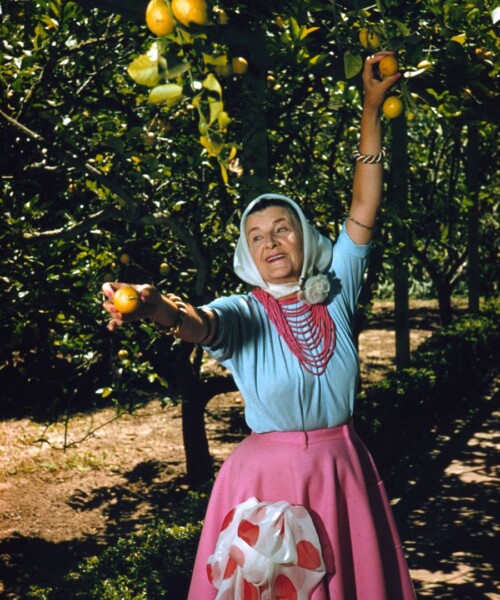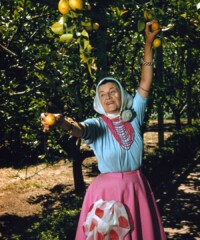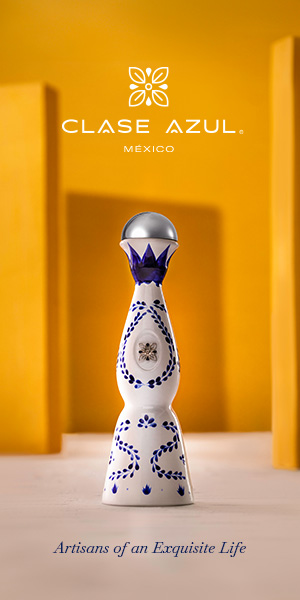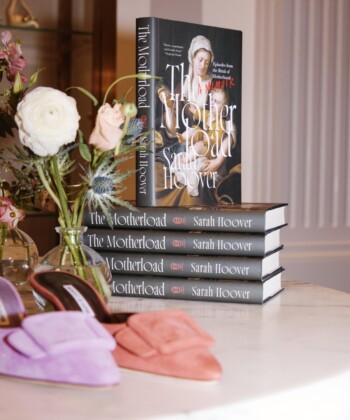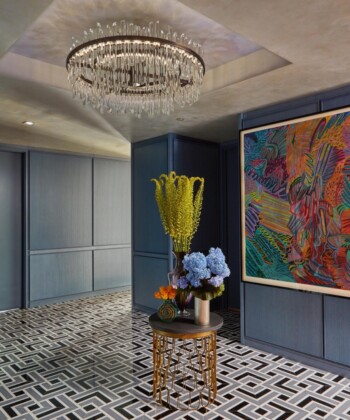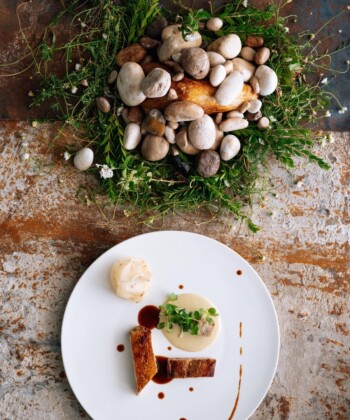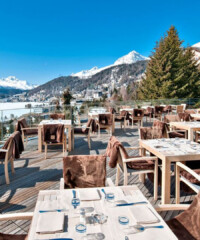As an opera singer, Ganna Walska was probably best known for being a flop. During one memorable performance in Havana, the Polish-born beauty was reportedly pelted with rotting vegetables, and upon the occasion of her lead in a 1925 Puccini production in New York, the Times headlined a story “Ganna Walska Fails as Butterfly.” But while the erstwhile songbird made a name for herself employing unorthodox methods to improve her voice—seeking the counsel of yogis, therapists and mystics—the most enduring of Walska’s endeavors has nothing to do with singing.
Just outside Santa Barbara, California, on a 37-acre plot Walska acquired in 1941, sits Lotusland, an encyclopedic botanical garden that plays host to more than 3,000 species of rare plants, as well as the only remaining post–World War II Japanese garden on the central California coast that’s open to the public. It’s a long-standing destination for international researchers, garden enthusiasts and artists, and is the legacy that Walska spent the last four decades of her life building.
She originally purchased the land at the suggestion of her sixth and final husband, the yogi Theos Bernard, for the purpose of creating a Tibetan-themed retreat. Instead, Walska dedicated herself to creating wildly conceptual and excitingly unconventional gardens. She planted based on form or color as opposed to a more traditional approach. The results are a wondrous, Seussian experience of flora; a prime example is the Blue Garden, featuring plant species from Chile (wine palms), Australia (bunya-bunya and hoop pine) and camphor trees native to China and Japan.
Not only is every living thing on the grounds exceptional in its own right, but Walska lined the walkways with blue glass discarded from kilns at the nearby Arrowhead Spring Water bottling plant, with an eye to making sure the site’s non-living things were equally beautiful.
Elsewhere, you’ll find the aforementioned Japanese garden, a topiary plot and areas dedicated to ferns, cacti, bromeliads, succulents and lotus blooms. Walska auctioned off nearly a million dollars worth of jewels just to get her hands on what became a grove of rare cycads. Walking the property is a trip around the globe, with a symphony of exotic species complementing quiet trails through shaded expanses of
fern and oak. Today, the gardens at Lotusland reflect Walska’s persistent curiosity, resisting conventional classification with an eclectic, postmodern sensibility that makes a visit more akin to a gallery jaunt than a horticultural expedition.
The link between Lotusland and traditions of artistry is becoming more and more pronounced. A new residency program is opening up the garden to great creative minds, and it’s already bearing fruit. The first project will feature Los Angeles artist Zoe Crosher, whose career has brought her exhibitions at MoMA and LACMA. She has selected plants from the grounds to bronze, turning the ephemeral—sometimes even endangered—into something that will endure. Upon first visiting the gardens, Crosher says, “I was blown away by the gardens and even more with the story of Madame Walska,” she says. “She was so fabulous and so sexy!”
Much of Crosher’s work deals with the idea of disappearance, and several of her recent bodies of plant-based works have brought awareness to the effects of climate change. “I love the idea that I am bronzing these last-hoorah blossoms on these disappearing plants in this disappearing garden,” she says. It’s only appropriate, considering that Lotusland’s most inspiring bloom, Walska herself, died on the grounds in 1984. Luckily, her curious, singular spirit lives on in the garden, which expresses her voice in a way that singing never could.


























